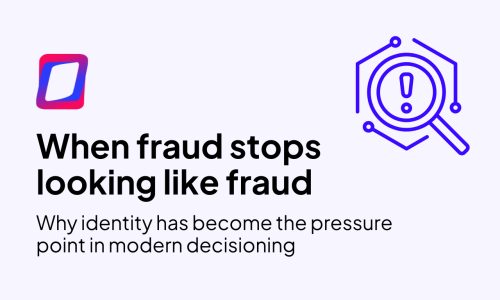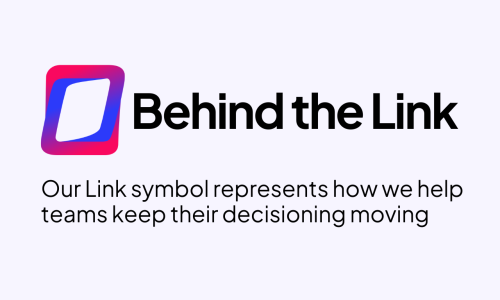Artificial Intelligence, a key technology in the recovery process
During the recovery process, the value of a customer can be subjective. Therefore, it is essential to prioritise the customer experience to create a positive “touchpoint” and enhance debt collection strategies.
Artificial Intelligence is utilised in debt collection procedures to analyse debtor data, identify behavioural patterns, recognise potential default risks or collection guarantees, and recommend appropriate actions to be taken.
The debt collection process is laborious and time-consuming, requiring detailed analysis and in-depth knowledge. This process has been transformed in the last decade, partly due to a more demanding, competitive and uncertain environment and the incorporation of new tools to optimise debt collections to increase efficiency and productivity. While some delays may be minor, other situations may require delegating the task to specialised professionals equipped with the right tool to carry out optimised and effective recovery strategies to prevent the process from getting bogged down.
The most recent available data reveals that the default ratio of the Financial Credit Institutions (EFC), the consumer credit providers, was 6.35% in October last year. This ratio is nearly twice the default rate recorded in loans granted by banks to households and businesses. The latter recorded its best rate since December 2008, standing at 3.77% in the ninth month of 2020. A report commissioned by the National Association of Financial Establishments (Asnef) and prepared by consultancy firm PwC showed that EFCs provided financing amounting to €60,733 million in 2021.
GDS Modellica has developed Artificial Intelligence (AI) software to enhance collection management. This solution can be applied at every stage of the risk process, including intake/origination, customer management, fraud prevention, collections, and regulatory compliance, with tailored solutions for each aspect. According to the consultancy, integrating AI in credit recovery has undoubtedly enhanced the structure, strategies, and overall recovery process. Through the analysis of debtor data, AI identifies behaviour patterns and recommends the most effective communication channels to create a positive touchpoint. Intelligent management optimises debt recovery, resulting in cost-effective time, operations, technology, human resources, and customer relations productivity.
The significance of the customer in the debt collection process is indisputable, as customer satisfaction reinforces loyalty. Antonio García Rouco emphasises that obtaining comprehensive knowledge of the customer before incurring debt “facilitates the identification of potential default risks and collection guarantees”. Good financial health requires efficient technologies that optimise debt collections and identify fraud effectively.
The Decision Suite by GDS Modellica is an indispensable AI-powered tool for enhancing debt collections. By analysing the unique characteristics of each debtor, such as their stage in the credit cycle, causes of delinquency, and evolution of their financial behaviour (KYC), this software applies an appropriate response at each stage of the credit lifecycle. This optimised approach helps to restore payments and prevent delinquency. It does this through powerful segmentation, communication and decisioning strategies that use predictive analytics, modelling and scoring to prioritise recovery efforts.
“Our software is flexible, modular, easy to integrate and highly customisable. It implements segmentation, communication and decision strategies using predictive analytics, models and scoring to prioritise recovery efforts and reduce costs,” says Antonio García Rouco, CEO of GDS Modellica. Using our solution offers several benefits, including:
- Integral management vision that encompasses the entire credit process.
- Strategic planning, optimal management and appropriate response.
- Increased productivity: analyses, segments, identifies and redefines strategies to recover debt efficiently.
- Increased performance: eliminating unnecessary costs, reducing operational costs, and optimising resources (appropriate technology, contact form, professional staff)
- Early detection of customers with suspicious behaviour and quick and effective response to efficient situations in advance of behaviour.
- Efficient management aimed at improving the customer experience for satisfaction, loyalty, and debt recovery in a shorter period.
Effective debt collection requires not only comprehensive planning and management but also efficient time and negotiation skills. Proper time management can facilitate the initiation of automated actions, allowing for the development of optimal management strategies. One of the most effective ways to reduce the number of overdue accounts is to proactively anticipate clients’ entry into arrears, resulting in improved profitability and enhanced customer loyalty.
Recent articles

When Fraud Stops Looking Like Fraud
Read article
Behind the Link
Read article





